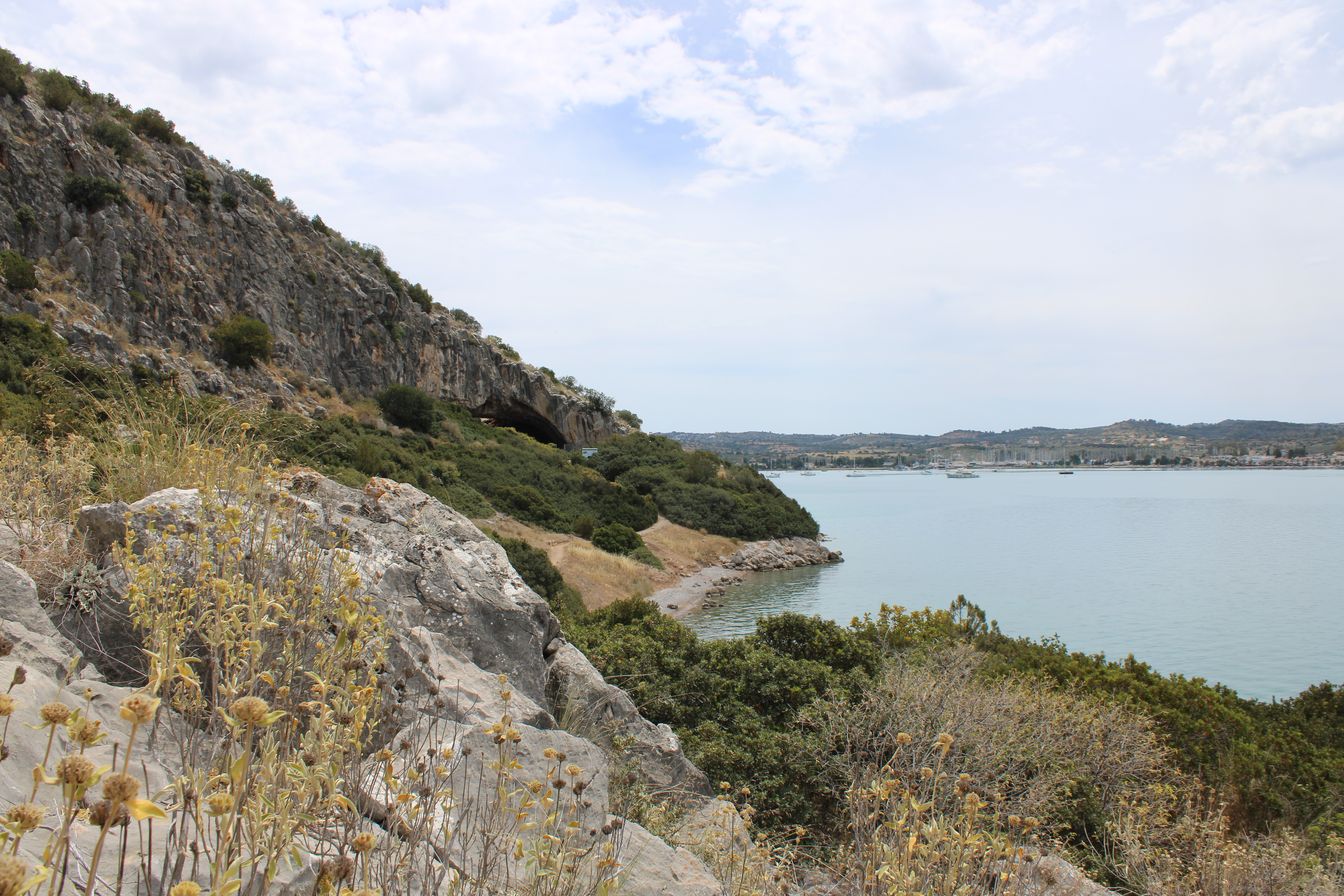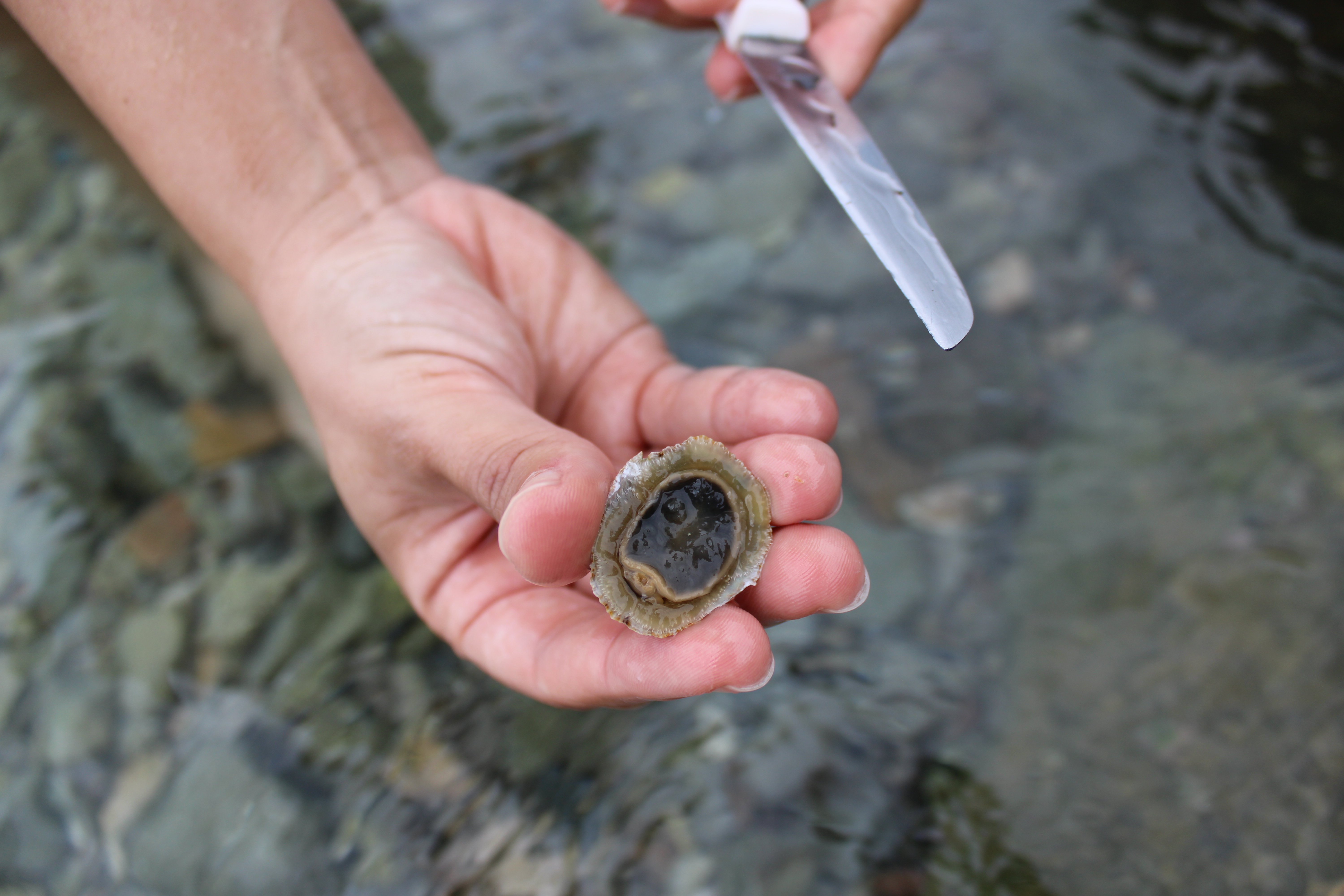"Why are you collecting limpets if you’re an archaeologist?” or collecting limpets from Franchthi
After six months of lockdown in Greece, it was time for a field trip.
The trip and the site
After six months of lockdown in Greece, it was time for a fieldwork trip. So, on the second day of the ease of travel restrictions we were on the road to the Argolid. Journalists at the toll stations outside of Athens were reporting on people fleeing the capital for the weekend. I’m sure we would make the 8 o’ clock news if we told them “We’re archaeologists and we’re off to gather limpets.” But we left that for another day.
The provincial winding road to Franchthi passes mount Didimo and offers impressive sceneries. As mid May is yet a cold month for swimming for most people, we encountered very few people on Lambayana beach, our first destination, as well as a determined couple of typical German campers who were just coming back from the cave. Lambayana beach, right next to Franchthi, has also been a subject of research as Early Helladic remains have been recently discovered underwater.
We then followed the path to the cave that runs along a rocky shoreline with many urchins visible from above and a promising start for limpets. The path quickly leads to the cave site, now only inhibited by birds who nest into the cave’s roof openings.
While most trenches are covered up today, the deep F/A trench is still open with annotations of the various stratigraphic phases, summarizing the palimpsest of the thousands of years of human occupation of the site.
The great roof openings bring beams of sunlight to the cave. The impressive cave scale, the discreet modern additions of signs and decks, the collapsed boulders from the roof, the emptiness and silence of the space as well as the lack of visitors, turned the visit into a journey through time.
Gathering limpets
We then went back to the present and started looking around for limpets. Finding them was fairly easy as the rocky shore surrounding the site’s immediate environment hosted many of them.
The limpets formed small groups of various sizes on the rocks, some above and some below the water’s surface and were easy to take off. The use of a knife was indispensable as it’s practically impossible to detach them from the rocks with one’s bear hands. Even though we did not collect the baby limpets, the adult specimens seemed relatively small- to medium-sized, especially when comparing them to prehistoric ones. Detaching them sometimes meant breaking a small part of the edge, a breakage pattern often observed in prehistoric material.
But why gather modern limpets?
The collection of modern limpets from the shore next to Franchthi was done as part of our modern pilot study in the area of the site. The collection of modern specimens is a vital part of the study of prehistoric shells in order to better understand the information inside shell records prior to their chemical and isotopic analyses. This way we are able to test the shell archive for any problems under known and controlled conditions, before we tackle the archaeological samples.

